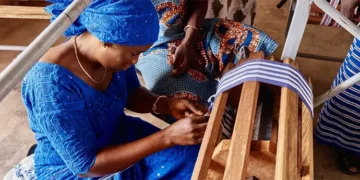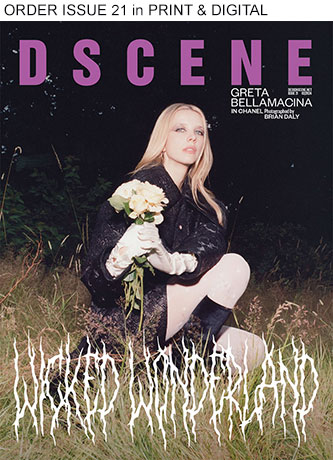
On Earth Day 2025, Canali introduces its new 2025-2030 Sustainability Plan, a document that outlines the brand’s evolving priorities with clarity and intent. The plan continues the direction initiated in 2022, drawing from detailed internal consultations and two key analytical tools: the Organization Environmental Footprint (OEF) and Product Environmental Footprint (PEF). These assessments allowed Canali to establish a realistic, traceable path toward reducing its environmental impact and enhancing social responsibility.
Built as a flexible framework, the plan responds to specific issues identified through a Materiality Assessment. Each objective ties back to Canali’s core values while aligning with the United Nations’ Sustainable Development Goals for 2030. This link reinforces the brand’s position within a global movement toward ecological and social accountability.
Canali organizes the plan around six key areas: Product and Organizational Sustainability, Governance Systems, Employee Training, Youth Employment, Sustainable Culture, and Engagement with Local Communities. Each category represents an area where the company aims to invest energy and resources over the coming years.
To move from concept to action, Canali created a prioritization model. The brand considered both the relevance and impact of each topic across the value chain. The Sustainability Committee took charge of feasibility studies and resource planning to ensure the framework remains achievable and responsive. The company designed the plan as a living tool, able to adapt to future developments while maintaining clear benchmarks for progress.
At the foundation of the strategy lies Canali’s company culture, shaped by what it calls “Inner Beauty.” This idea centers on four principles: respect, empathy, composure, and responsibility. The brand doesn’t separate its ethical stance from its craftsmanship. Instead, it integrates the two, treating responsible design as part of what defines its quality.

This mindset influences everything from how the company trains employees to how it interacts with consumers and local communities. It calls for consistent, intentional decisions, whether in design, sourcing, operations, or outreach.
Canali has chosen to keep the process open and visible. The Board of Directors of Canali Holding approved the plan, which will be publicly available through the Canali CAre section of the company website. There, consumers and stakeholders can track progress and access all sustainability-related updates.
Rather than rely on static policies, Canali built the framework for continuous revision. The company expects to revisit its priorities regularly, guided by updated assessments and input from across departments. This structure enables the brand to act with precision while staying alert to future challenges.
Canali’s plan shifts sustainability from messaging to structure. Each goal carries weight not through promises but through clearly defined criteria for progress. Whether improving governance models or increasing youth employment, the company outlines steps grounded in feasibility, scale, and relevance.
The brand’s strategic pillars reflect more than institutional duty. They reflect a belief that fashion must do more than produce, it must also engage, adjust, and contribute. For Canali, this means designing with clarity and acting with consistency, while using its influence to support a more functional relationship between people, business, and the environment.



















